What beginnings are done to death? Why are some beginnings actually before the beginning? When is less more, and when is more needed? Let’s look at some of the corniest, dullest, and hackneyed of all beginnings, and why you should avoid using them.
Here’s a definition of a literary trope from Wikipedia:
A literary trope is the use of figurative language – via word, phrase, or even an image – for artistic effect such as using a figure of speech. The word trope has also come to be used for describing commonly recurring literary and rhetorical devices, motifs or clichés in creative works.
1. Waking up from a blackout – To mystery abduction!
If I had a dollar for every story where the protagonist wakes up to “black” or “pitch darkness”, feels around to discover they are restrained by serial killers, vampires, zombies, or aliens, I’d be Kardashian rich. Usually these books are in present tense. I will give an example:
“I wake up, my head is throbbing. Darkness pervades my sight. I cannot move, and my mouth is dry. I don’t remember before…”
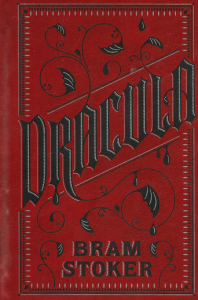
I was afraid to raise my eyelids, but looked out and saw perfectly under the lashes. The fair girl went on her knees, and bent over me, fairly gloating. There was a deliberate voluptuousness which was both thrilling and repulsive, and as she arched her neck she actually licked her lips like an animal, till I could see in the moonlight the moisture shining on the scarlet lips and on the red tongue as it lapped the white sharp teeth.
2. Running through a street or forest, from “them” – and then falling…
These beginnings are an attempt to be thrilling and action-packed, but now leave the audience unmoved. It’s more of a visual beginning, and is used often in bad horror movies. The protagonist trips, hurts their leg and the “them” chasing them catches them, often ending in blackout. Here’s my example:
“I was running fast, the grass pounding my bare legs, cutting my skin. Panting, I kept going for the trees. I could feel them on me, gaining ground. Pushing faster, I made the edge of the copse, when thud! I had fallen on a root, my ankle now twisted, beyond use. They were coming upon me…they would get me now…and then, darkness…”
The most recent use of this trope, with a twist, is in the horror movie “It Follows.” In this opening clip, the writers have taken the corny opening and given it a new tongue-in-cheek sheen. Here’s David Robert Mitchell’s analysis of the scene (Disturbing content!):
3. A Man Walks Into A Bar…And Thinks Backstory
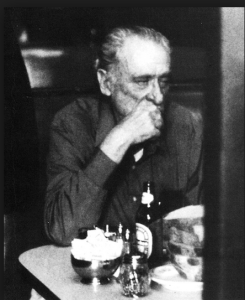
Bukowski in a bar
When a man loses his woman, in the world of trope he resorts to the nearest sports bar and starts downing peanuts and whiskey, often out of character, to dwell on his problems. “Leave the bottle” he says, and throws some notes on the bar. This is a great opportunity, says the hack writer, to tell the reader everything about this guy’s life for the last six months, as he thinks back over his life, his girl, what happened, why he lost her. No need to show the reader any scenes, no need to write anything. Everything told in past perfect, job done. Except it’s deadly boring.
“James thought back over how he and Michelle had gone to the park every Sunday, and walked hand in hand to the lake, where they’d hired a boat, had ridden round and round. He thought about how he’d cheated on her that weekend away with his job as a salesman, and how she’d found out when he’d left his keys at the girl’s house. What an idiot.”
So instead of the pages the author could have used showing us some sex, some emotion, some drama, and getting to know our characters, we have this boring “tell” in one paragraph. It’s the book equivalent of a bad movie montage from the Hallmark channel, and it’s not good writing. It’s “downloading of data” because the writer can’t be bothered to work on the scenes the reader truly needs to become invested.
Remember, men drink to forget, not remember. For more on drowning sorrows, not dwelling on them, read Bukowski, who says in his poem “The Suicide Kid,”
“I went to the worst of bars hoping to get killed. but all I could do was to get drunk again.”
4. Rape
Starting a book with a rape is never going to entice a reader. It’s just brutal and cold, and the hack writer will start the story like this to titillate, and to disgust. It’s cheap writing, and doesn’t allow the full emotional horror a better writer could get from integrating the incident into the story with a character the reader knows.

We’ve seen it in “Wuthering Heights”. The children grow up, fall in love, blah blah. Isn’t it a bit hackneyed now, over one hundred years on? The other point is that of course, if you start with this, your readers know what path you’re going down, because it’s such a well-trodden path.
Even though in real life, most children that grow up together would think it incestuous to then fancy each other in adulthood – it’s a twisted, dark, co-dependency that drives Catherine and Heathcliff. It’s not meant to be normal, hence Heathcliff ends up in a ghostly, perverse, tragic situation.
Ask yourself why you are making your lovers children together, and if they can’t just start in the present, somehow more originally.
6. The protagonist wakes up
The protagonist wakes up, gets out of bed, resets his clock, checks his phone, brushes his teeth, makes waffles…blah…blah…blah…
It’s so boring, and not at all anything to do with the plot. Integrating each moment of your book counts, and should be something to do with the story. Making breakfast is not, and if you want to show your character is “normal” with a “normal family life” think of a more original and less flabby way of doing so. Characters should never make food, drinks, order food or drinks, call for pizza, make a coffee, brush their teeth, choose a blouse…unless it is integral to the story.
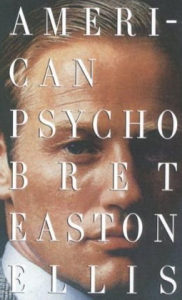
“On my way out this morning, I stopped at the front desk, about to complain to the doorman, when I was confronted with a NEW doorman, my age but balding and homely and FAT. Three glazed jelly doughnuts AND two steaming cups of extra-dark HOT CHOCOLATE lay on the desk in front of him beside a copy of the Post opened to the comics and it struck me that I was infinitely better-looking, more successful and richer than this poor bastard would ever be and so with a passing rush of sympathy I smiled and nodded a curt though not impolite good morning without lodging a complaint.”
If you want your character to come off the same, please carry on with all this neurotic detail. If not, cut to the part where the characters are eating, drinking, at work, dressed…start your scene where the story starts, and not before. Why not just mention a family portrait on his desk at work, or describe a good suit he’s wearing? Sometimes less is more. Which do you prefer, and which version tells us everything more effectively?
“That morning, Andy got up, and wondered what to wear. He flicked through some options before deciding on the Versace, the one he’d had tailored just for him when he went to Venice that spring, and then went downstairs to fix himself a latte. He preferred non-fat milk, which he took out the fridge and put in a pan to boil before extracting a mug from the shelf and adding coffee and then the milk, stirring it with a spoon before sitting down to drink it.”
“That morning, Andy put on his Versace, tailored at the cuffs in Venice that Spring, and settled down to his non-fat latte.”
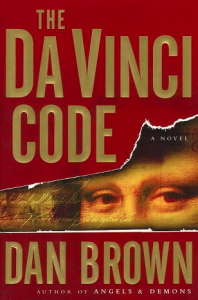
Ever since “The Da Vinci Code” writers everywhere want to come up with a mysterious murder scene. However, there is much to be said for Dan Brown’s scene: we get told the name and profession of the victim, and the setting. We know the Guardians sent the albino to kill him. We get told an awful lot of detail that sets us up for the story – even if it is a mystery, plus we even get a factual (ish) backstory at the front of the book about the history of French brotherhoods. What Brown leaves out is why. If you won’t tell us the character, tell us the setting. If you won’t tell us the setting, tell us the event at which this is happening. Don’t write this:
“The dark shadowy figure hit him again and again, blood spilling onto the brick walls. The screams were hollow as he died, and he felt death follow his cries as the weapon came down one last time.”
You need to give the reader something to hold onto. The reason Dan Brown writes such distinctive, gripping prose is that he hooks you in with clues. People might say he’s a hack, but it’s difficult to write such pop fiction, and he’s masterful with pulling the reader onto the next page. Another master of murder, horror, and crime is Stephen King. He may pump out the books, but I defy anyone to read “The Shining” in the dark night, alone.
8. The protagonist is in a terrible situation…then wakes up from the nightmare: it was a dream!
We find ourselves in the middle of a snowy forest, chased by wolves, or lost in a labyrinth of echoes, or inside a burning box. Maybe we’re at a wedding, and the protagonist’s the bride, and the groom drops dead. But it’s OK, because the protagonist wakes up, and it’s all a bad dream! Ugh. Since Bobby Ewing turned up in the shower, I think we can bury this one in the hacks’ graveyard of bad storylines. Here’s the video of that 1986 moment from “Dallas” to prove a point:
9. A written artifact that has no markers for the reader
Starting with a poem, diary entry, or letter is great when done correctly. For instance, it’s the integral artifact for A.L. Kennedy’s book “Now That You’re Back” or Gillian Flynn’s “Gone Girl,” and even “Dracula.” But when it’s done badly, it sucks. By not setting up the reader with any information at all, this beginning can be as pointless as writing “lalalalala” over and over again. Here’s an example,
“My Dearest,
I’m glad to write this to you three weeks after what happened. I am OK, I am fine, and they are not looking for me. Please keep this secret. I am glad it all worked out for you and him.
I’ll see you again.”
It’s really dull and frustrating for the reader to have nothing to hold onto, and it’s actually not intriguing at all.
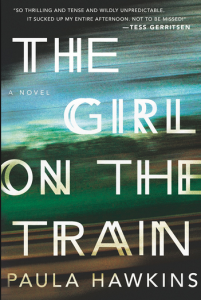
Often we get a story like “The Girl On The Train” that uses a journey in an intriguing way to learn about the protagonist, and the point of the story is her journey – it’s integral to the plot:
There is a pile of clothing on the side of the train tracks. Light-blue cloth—a shirt, perhaps—jumbled up with something dirty white. It’s probably rubbish, part of a load dumped into the scrubby little wood up the bank. It could have been left behind by the engineers who work this part of the track, they’re here often enough. Or it could be something else. My mother used to tell me that I had an overactive imagination; Tom said that, too. I can’t help it, I catch sight of these discarded scraps, a dirty T-shirt or a lonesome shoe, and all I can think of is the other shoe and the feet that fitted into them.
But when we have a bus journey in which the protagonist observes nothing of their surroundings, and just talks about what has happened to them in fragment, the writer has “paused” the action in order to shorthand the backstory, in order to avoid writing it as scenes. This is a classic “tell” and not “show,” and bores readers stiff.
“She got on the bus and sat down. She looked out of the window and thought back to the last few weeks. Mother had died, the neighbours had left casserole, and she’d cried hard. The funeral had been difficult, but she’d made it through. Back to work today.”
So a big emotional event that should have been the beginning of the book becomes a fragmented paragraph, and we start with the bus journey? It feels like we’ve missed the beginning of the book, and skipped on to something later on.
Just remember, a story has a beginning, and it’s important to find that beginning and start your book there, not before, not after. The best beginnings charm, intrigue, and grip the reader, and it’s your job to find the perfect hook for yours.
Get an Editorial Review | Get Amazon Sales & Reviews | Get Edited | Get Beta Readers | Enter the SPR Book Awards | Other Marketing Services





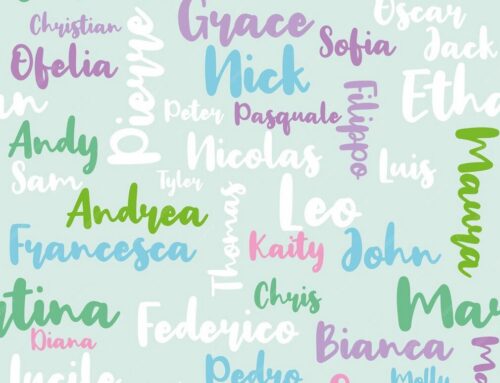
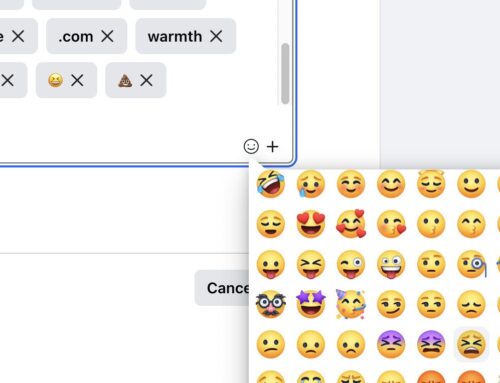



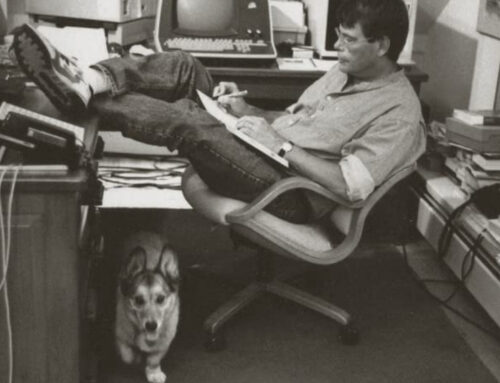


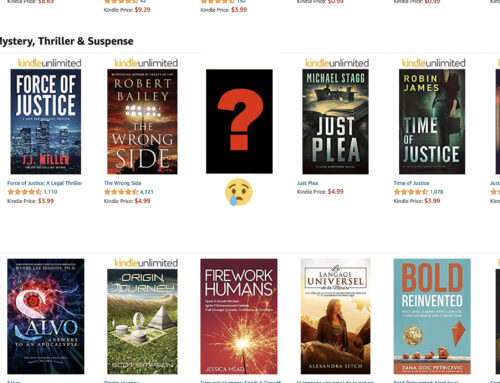






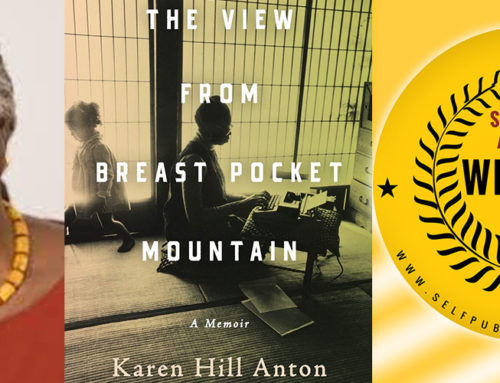
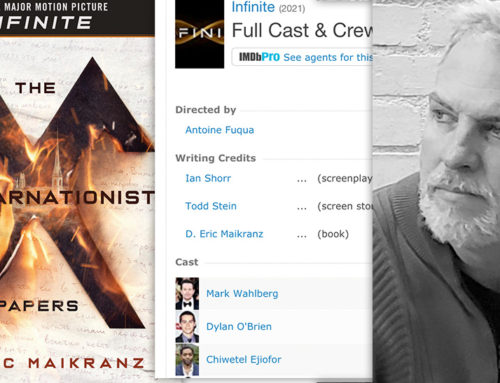
I suddenly feel bad for Snape and Lily in all the Harry Potter books… so cliche, I guess, though I admit to enjoying the flashback since they came at the end.